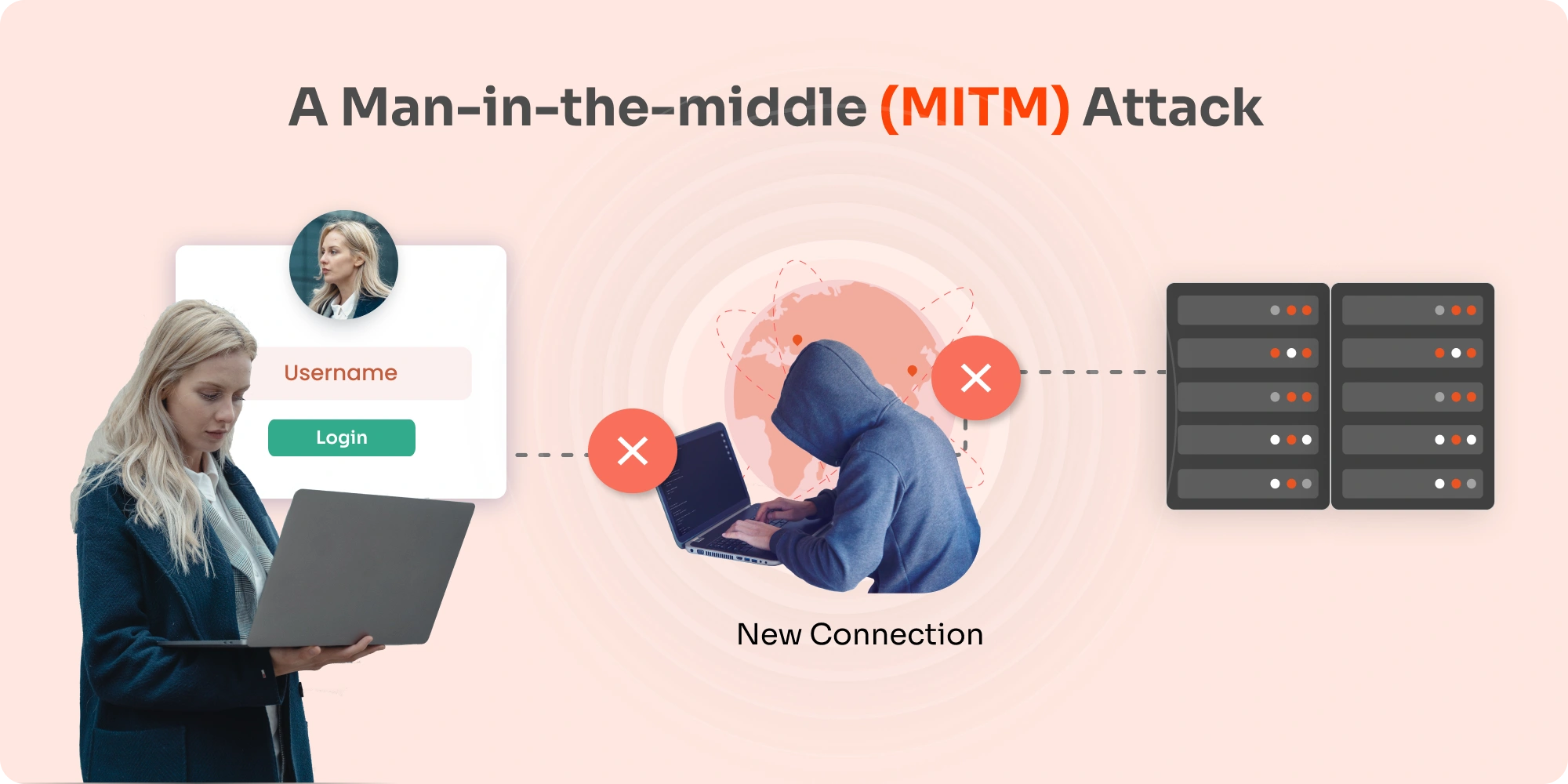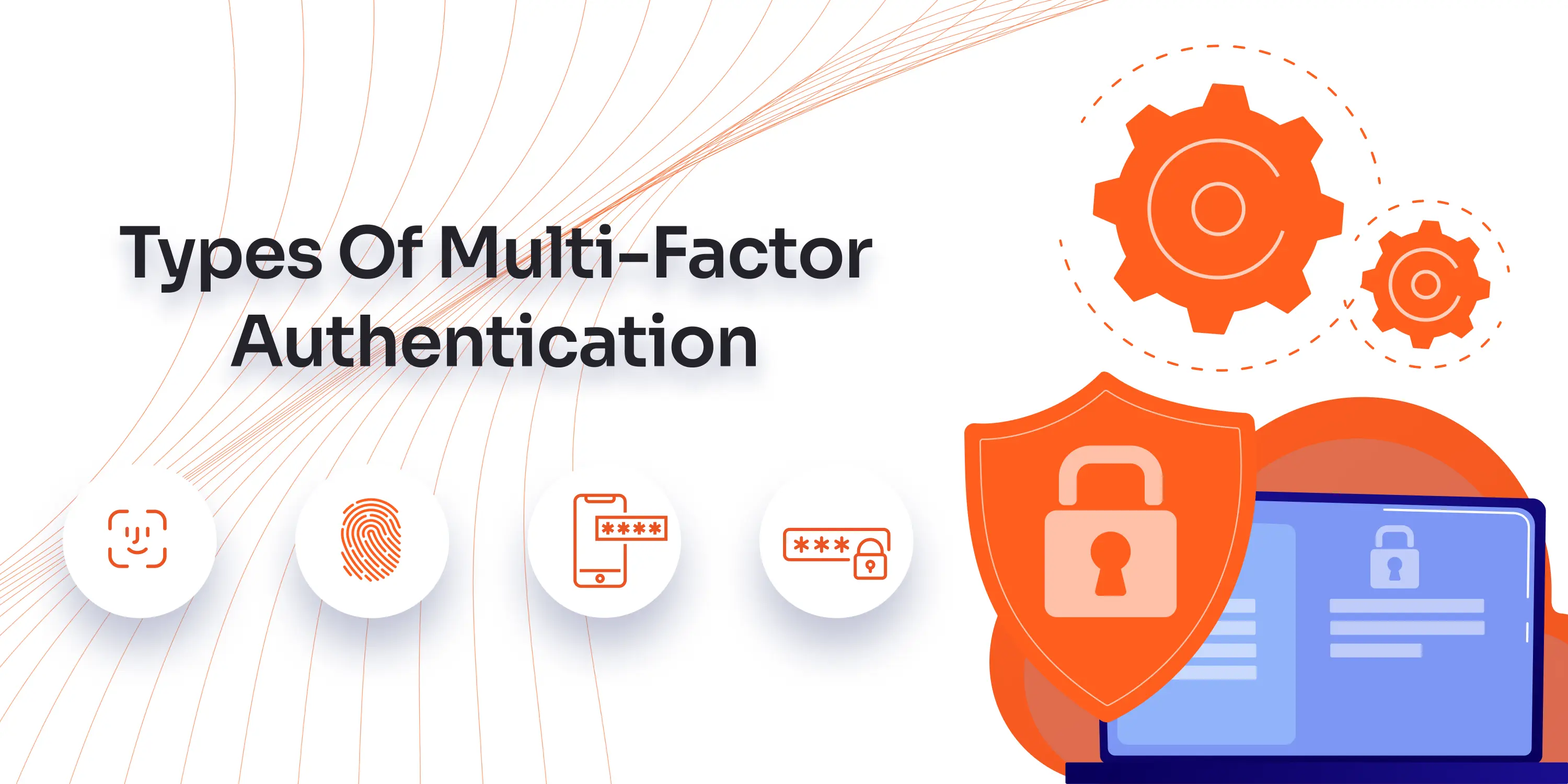RADIUS Vs. TACACS+: What Enterprise Network Users Need to Know?
In the corporate world, enterprise networks form the backbone of organizations, facilitating seamless communication and data exchange. Modern businesses are often required to employ various Authentication, Authorization & Accounting (AAA) protocols to ensure the security and efficiency of their network infrastructure and devices like routers, switches, firewalls, Wi-Fi, VPNs, etc.
RADIUS and TACACS+ are popular AAA protocols facilitating AAA services, and each has unique advantages and disadvantages over the other. This blog aims to shed light on these two protocols, highlighting their features, strengths, and differences to help enterprise network users make informed decisions about their network security and network access control needs.
Understanding AAA protocols
The AAA protocols are the secret sauce that elevates your enterprise network security. It's like having a well-trained bouncer, an access control tailor, and a savvy detective rolled into one. Your network stays locked down, efficient, and audit-ready at all times. AAA or Authentication, Authorization, and Accounting is the ultimate trifecta that keeps your network safe, efficient, and in control while empowering your enterprise network to thrive with confidence!
Understanding RADIUS
RADIUS protocol (also known as Remote Authentication Dial-In User Service) is a widely adopted networking protocol primarily used for user authentication, authorization, and accounting (AAA). It was originally designed for dial-up connections but has evolved to cater to modern network environments.
How Does RADIUS Work?
RADIUS operates in a client-server model, where the client (often a network access server) sends authentication requests to the RADIUS server, which then verifies user credentials and grants or denies access accordingly.
Key Features of RADIUS:
-
User Authentication: RADIUS verifies the identity of users attempting to access the network by cross-referencing credentials against a centralized user database.
-
Authorization: Once a user is authenticated, RADIUS determines the level of access they are granted based on predefined policies and permissions.
-
Accounting: RADIUS logs network access-related information, such as login time, data usage, and session duration, for auditing and billing purposes.
-
Scalability: RADIUS has the capability to support a larger volume of users and network access devices, making it suitable for enterprise-level networks.
Understanding TACACS+
Terminal Access Controller Access-Control System Plus or TACACS+ protocol is another authentication, authorization, and accounting (AAA) protocol, similar to RADIUS. It was developed as an improvement over the older TACACS protocol to address its limitations.
The TACACS+ protocol provides separate authentication and authorization, which adds an extra layer of security compared to RADIUS. Like RADIUS, TACACS+ also operates in a client-server architecture.
Key Features of TACACS+:
-
Separation of Authentication and Authorization: TACACS+ separates the authentication process from the authorization process, providing more granular network access control.
-
Command-Level Authorization: With TACACS+, administrators can control which commands a user is allowed to execute on a network device, enhancing security.
-
Encryption: TACACS+ encrypts the entire communication between the client and the server, making it more secure compared to the shared-secret encryption of RADIUS.
-
Flexibility: TACACS+ allows customization of authentication and authorization methods, providing greater flexibility to suit specific network security requirements.
RADIUS and TACACS+: Similarities
RADIUS and TACACS+, although distinct protocols in their implementations, serve a common mission of fortifying your enterprise networks against unauthorized access and safeguarding your organization’s sensitive data & resources. As we delve into the similarities between these AAA protocols, you will gain a clearer appreciation for the fundamental principles that have made RADIUS and TACACS+ the pillars of network security. So, let's explore the convergence of these authentication powerhouses and their roles in enhancing the digital fortress of modern-day enterprises.
| Similarity Factors | RADIUS & TACACS+ Similarity |
|---|---|
| Purpose | RADIUS and TACACS+ are both used to provide authentication, authorization, and accounting (AAA) services in network environments. |
| Client-Server Architecture | A client-server architecture is followed by both RADIUS and TACACS+, where the client (network device or user) initiates a connection request, and the server (authentication server) validates and processes the request. |
| Centralized Authentication | RADIUS and TACACS+ promote centralized authentication, which simplifies user management and streamlines the process of adding or revoking user access. |
| Industry Acceptance | Both RADIUS and TACACS+ have been widely adopted and are considered industry standards for AAA services in many organizations. |
| Use in Network Devices | Both protocols are supported by various network devices, such as routers, switches, VPN gateways, and wireless access points. |
| Extensible Authentication | RADIUS and TACACS+ allow extensible authentication methods beyond the standard username & password based login. Both facilitate integration with Multi-Factor Authentication, Certificate-Based Authentication, and other methods. |
Note: With the miniOrange AAA services supporting RADIUS & TACACS+ protocols, you can also enable Multi-Factor Authentication (MFA) or Adaptive MFA to advance the security posture of your enterprise networks. miniOrange provides 15+ MFA methods to choose from.
RADIUS Vs. TACACS+: Key Differences
While both RADIUS and TACACS+ share some common ground, they also exhibit significant differences in their design, capabilities, and areas of application. Understanding these key distinctions is essential for enterprise network administrators seeking to make informed decisions about which protocol best suits their organization's specific security and authentication requirements. Let's explore the notable disparities between RADIUS and TACACS+.
Advantages of TACACS+ over RADIUS
-
Granular Access Control: By allowing fine-tuned access policies based on user roles or groups, TACACS+ provides better network access control than RADIUS protocol.
-
Robust Packet Encryption: TACACS+ ensures secure data transmission with strong packet encryption, protecting sensitive information beside passwords.
-
TCP Reliability: Since TCP is primarily used, TACACS+ can facilitate reliable data communication, ensuring orderly transmission between client and server.
-
Extensive Packet Structure: TACACS+ accommodates additional attributes, offering more flexibility in communication.
-
Tailored Router Management: TACACS+ excels in router management, providing better control over device configurations.
-
Enhanced Cisco Interoperability: TACACS+ integrates seamlessly with Cisco devices, making it an ideal choice for Cisco-centric environments.
Advantages of RADIUS over TACACS+
-
Simplicity and Wide Support: RADIUS is simpler to implement and widely supported across various network devices, making it easier to integrate into diverse environments.
-
Authentication-Focused: Authentication capabilities are very strong in RADIUS, and it is known for efficiently verifying user credentials for enterprise network access.
-
UDP Efficiency: Compared to TACACS+ which uses TCP protocol, RADIUS offers faster communication and lower overheads using UDP for data transmission.
-
Compact Packet Structure: The compact packet structure used in RADIUS protocols results in smaller packet sizes and efficient bandwidth utilization.
-
Industry Standard: With mature implementations and widespread adoption, RADIUS has been a long-standing industry standard.
-
Interoperability: RADIUS exhibits high interoperability, allowing seamless integration with various networking vendors and equipment.
Secure Your Network Access with miniOrange
This blog gave you an idea of how to decide which protocol is more suitable for your enterprise networks, now it is time to select the right solution for your organization. You can secure your enterprise networks with miniOrange AAA solutions supporting both TACACS+ and RADIUS protocols and also other known protocols as well. Secure all your network devices like routers, switches, firewalls, Wi-Fi, and VPNs of different vendors like Cisco, Juniper, Fortinet, and many more with a single solution. Further, you can add an extra layer of security by enabling MFA or Multi-Factor Authentication on your enterprise network access with the miniOrange MFA solution, which supports all VPNs and network devices.
To know more about AAA Services & MFA, visit our website: miniorange.com
Start your 30-day full feature free trial with POC





Leave a Comment